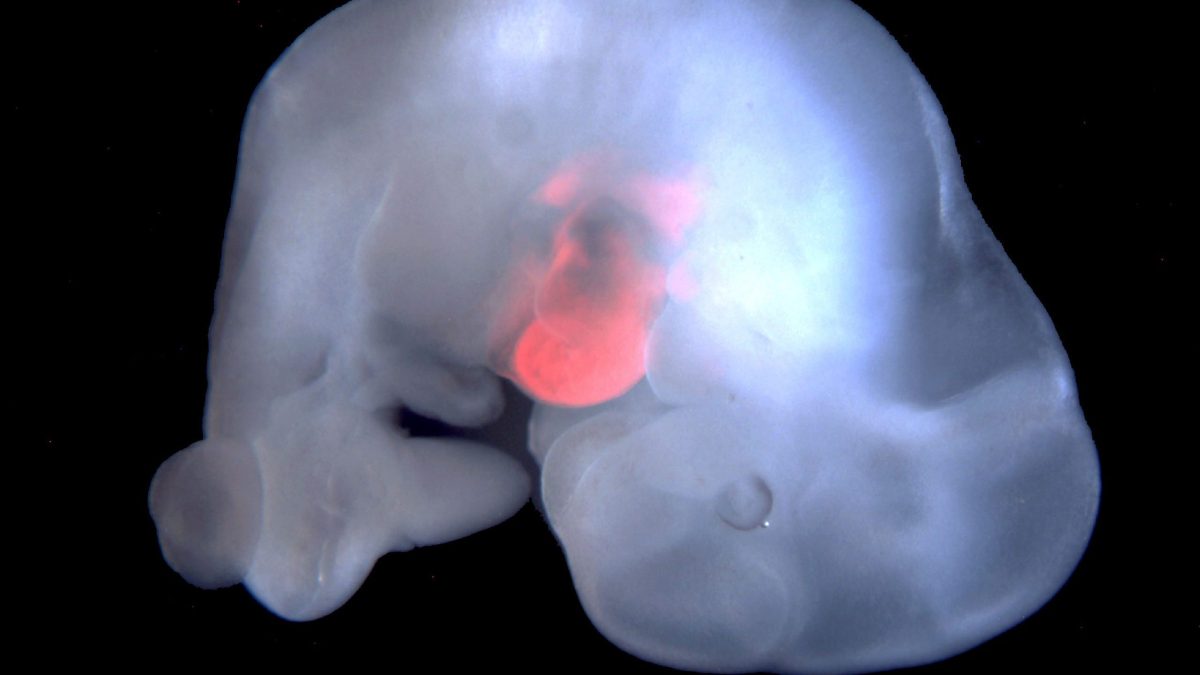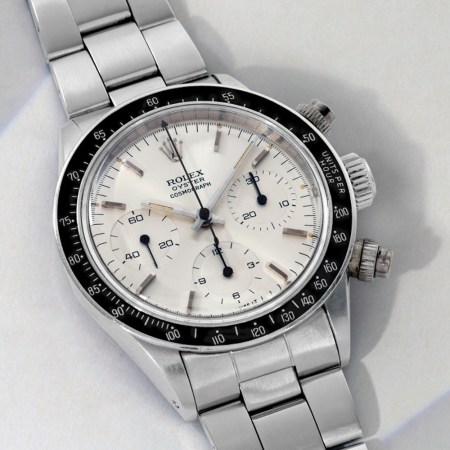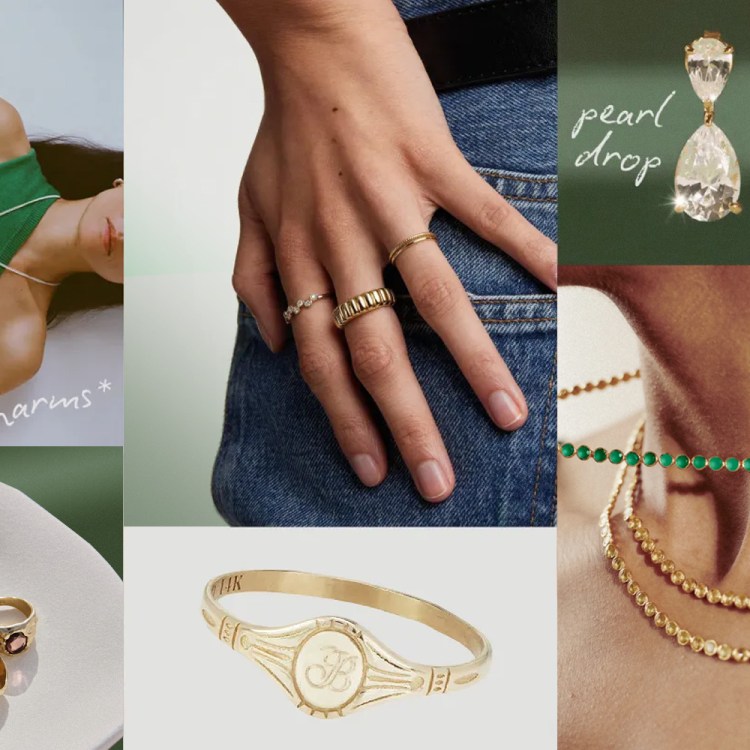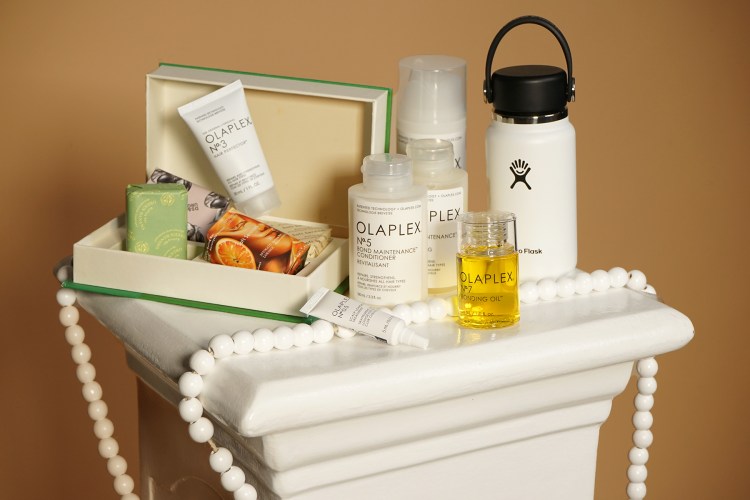Technological advances have made it possible to customize everything from clothes to electronics and automobiles.
Now add vital human organs to the list.
Researchers at the Salk Institute in southern California have succeeded in creating the first human-animal hybrids, or organisms that contain two different species, by injecting a pig embryo with human cells. Known scientifically as a chimera, the embryo then grew to be four weeks old, proving that human cells have the potential to be introduced into non-human cells and survive.
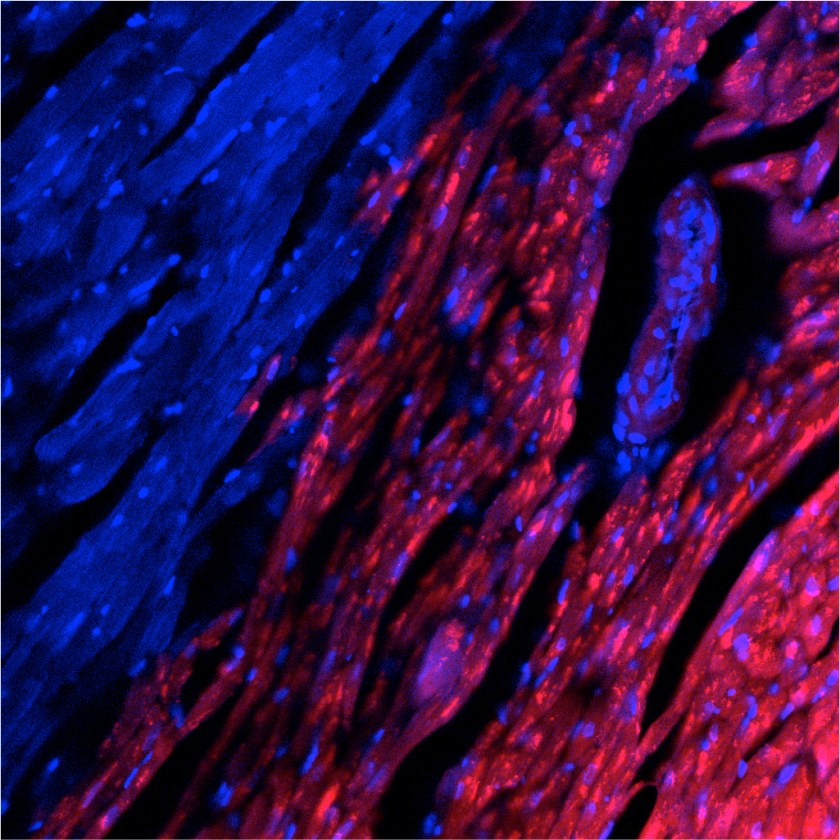
Scientists reported the preliminary study to the journal Cell, suggesting that the findings could radically transform healthcare by filling shortages from demand that are outpacing the supply of organ donors. Every ten minutes someone is added to the national waiting list of organ transplants, and approximately 22 people die each day because of a lack of available donors. Instead of waiting, some scientists say, the answer could lie in patients growing their own organs in the future.
Previously, funding shortfalls prevented similar projects from taking off. In the U.S. public funding is currently not available for research into human-animal hybrids. Negative public opinion on the ethics of “playing God” is strong, leaving little room for scientists to negotiate.
Private donors, however, have helped finance the Salk Institute project over the last four years. See how the process works in the video below:
—RealClearLife Staff
The Charge will help you move better, think clearer and stay in the game longer. Subscribe to our wellness newsletter today.
